 W
WEnkaku-ji was a Rinzai Buddhist temple and royal bodaiji of the Ryūkyū Kingdom, located in Naha, Okinawa.
 W
WThe Five Mountains and Ten Monasteries System system, more commonly called simply Five Mountain System, was a network of state-sponsored Chan (Zen) Buddhist temples created in China during the Southern Song (1127–1279). The term "mountain" in this context means "temple" or "monastery", and was adopted because many monasteries were built on isolated mountains. The system originated in India and was later adopted also in Japan during the late Kamakura period (1185–1333).
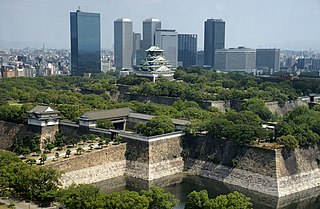 W
WThe Ishiyama Hongan-ji (石山本願寺) was the primary fortress of the Ikkō-ikki, leagues of warrior monks and commoners who opposed samurai rule during the Sengoku period. It was established in 1496, at the mouth of the Yodo River, on the coast of the Seto Inland Sea. At the time, this was just outside the remains of the ancient capital of Naniwa, in Settsu Province. In fact, recent archaeological research has determined that the temple was established atop the ruins of the old imperial palace. The city has since grown around the site, incorporating the Ishiyama.
 W
WThe Japanese rock garden or "dry landscape" garden, often called a zen garden, creates a miniature stylized landscape through carefully composed arrangements of rocks, water features, moss, pruned trees and bushes, and uses gravel or sand that is raked to represent ripples in water. A zen garden is usually relatively small, surrounded by a wall, and is usually meant to be seen while seated from a single viewpoint outside the garden, such as the porch of the hojo, the residence of the chief monk of the temple or monastery. Classical zen gardens were created at temples of Zen Buddhism in Kyoto during the Muromachi period. They were intended to imitate the intimate essence of nature, not its actual appearance, and to serve as an aid to meditation about the true meaning of existence.
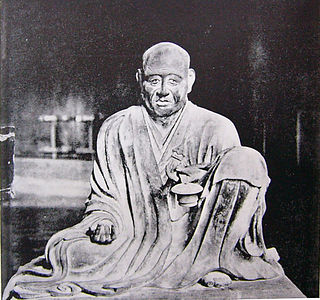 W
WThe Kei school was a Japanese school (style) of Buddhist sculpture which emerged in the early Kamakura period. Based in Nara, it was the dominant school in Buddhist sculpture in Japan into the 14th century, and remained influential until the 19th. Art historian Joan Stanley Baker cites the Kei school's early works as the last highpoint in the history of Japanese sculpture.
 W
WMārīcī, is a deva, as well as a bodhisattva associated with light and the Sun. She is among the lists one of the guardian devas, specifically the Sixteen Devas (十六諸天), the Twenty Devas (二十諸天) and the Twenty-Four Devas (二十四諸天). In Taoism and Chinese folk religion, Doumu is considered to be synonymous with Mārīcī within Chinese Esoteric Buddhism.
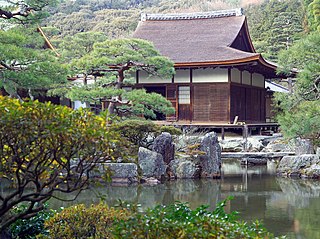 W
WShoin-zukuri (書院造) is a style of Japanese residential architecture used in the mansions of the military, temple guest halls, and Zen abbot's quarters of the Azuchi–Momoyama (1568–1600) and Edo periods (1600–1868). It forms the basis of today's traditional-style Japanese house. Characteristics of the shoin-zukuri development were the incorporation of square posts and floors completely covered with tatami. The style takes its name from the shoin, a term that originally meant a study and a place for lectures on the sūtra within a temple, but which later came to mean just a drawing room or study.
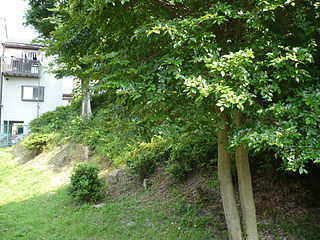 W
WYamashina Mido, also known as Yamashina Hongan-ji (山科本願寺), was a Buddhist temple in Kyoto which was used as a fortress by the Ikkō-ikki, an organization of warrior monks and lay zealots who opposed samurai rule.
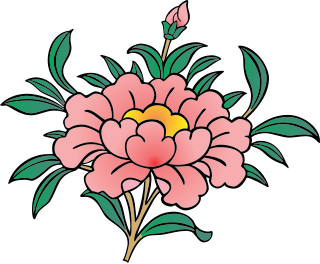 W
WZen is a school of Mahayana Buddhism that originated in China during the Tang dynasty, there known as the Chan School, and later developed into various schools. The Chan School was strongly influenced by Taoist philosophy, especially Neo-Daoist thought, and developed as a distinct school of Chinese Buddhism. From China, Chán spread south to Vietnam and became Vietnamese Thiền, northeast to Korea to become Seon Buddhism, and east to Japan, becoming Japanese Zen.